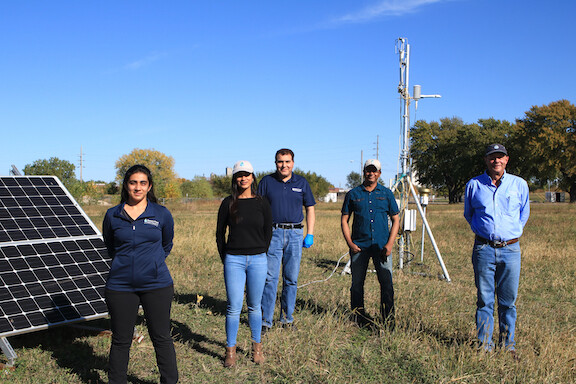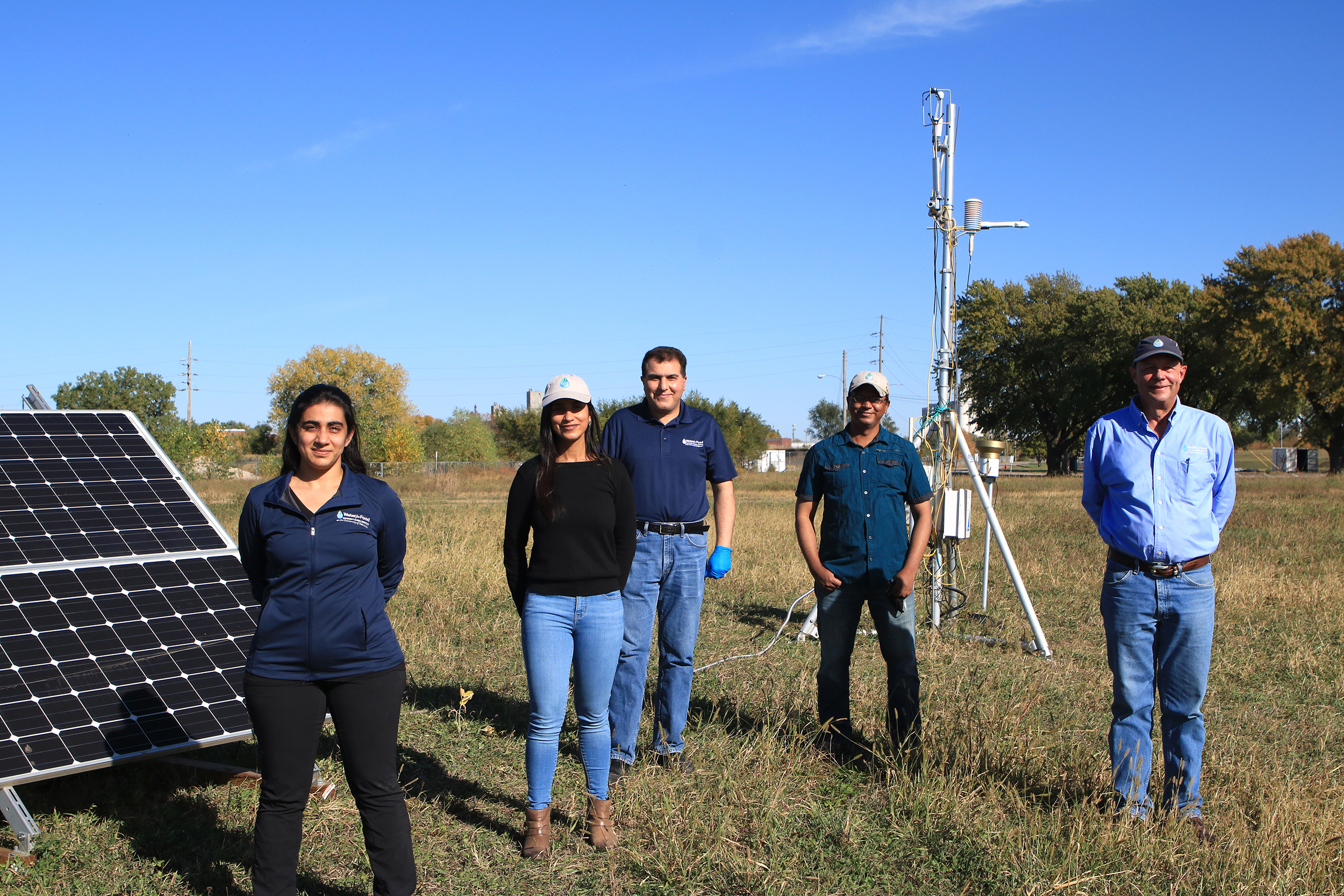
University of Nebraska–Lincoln researchers affiliated with the Daugherty Water for Food Global Institute have received a $3 million grant from the U.S. Department of Energy to better quantify carbon sequestration and greenhouse gas emissions connected with corn production fields in the Midwest.
The high-tech effort is included in the first phase of the Smart Farms program launched by the Energy Department’s Advanced Research Projects Agency-Energy. The data gathered during the three-year project will help inform American farmers to improve their operations and participate in bioenergy and carbon markets expected to develop in coming years.
The Nebraska-led group is one of six tapped by the agency to do careful greenhouse gas measurements in production fields for grain crops that supply the ethanol industry. Corn and soybeans will be the focus of the Nebraska-led project. Other partners with Nebraska are the University of Wisconsin-Platteville; South Dakota State University; the USDA Agricultural Research Services laboratories based in Ames, Iowa, Morris, Minnesota, and Lincoln; the Alliance of Crop, Soil and Environmental Science Societies; and AgriThority, an agricultural science consulting firm based in Kansas City, Missouri.
“Our objective is to measure all greenhouse gases being emitted and also being sequestered at fields in Nebraska, Iowa and Minnesota,” said Christopher Neale, director of research at the Daugherty Water for Food Global Institute and biological systems engineering professor at Nebraska. “Once we establish these careful measurements, we can use these data sets to inform and fine-tune models for different production systems. Our ultimate goal is to establish how much carbon credit a typical farmer creates, based on soil types, production systems, crops and so forth.”
The information would enable farmers to adjust their operations to reduce net greenhouse gas emissions and to generate additional revenue by trading the resulting carbon credits on bioenergy markets.
The team will use soil chambers to measure gases emitted at the soil level, install flumes that will measure fertilizer runoff and add new high-tech instruments to existing eddy covariance towers located in Nebraska, Iowa and Minnesota. Existing towers detect the vertical flux of water vapor and carbon dioxide, among other factors. The new sensors will add nitrous oxide and methane to the mix. A scientist at Wisconsin, Platteville, will install flumes to measure water quality from the run-off from fields and drain systems.
These towers will be part of a network being deployed through the Smart Farms project in Oklahoma, Kansas, Illinois and other locations across the grain belt.
“What makes this new is the scale,” Neale said. “When you add all this up, there will be 15 towers in fields producing high-quality data that will inform models in different production systems in different parts of the country and microclimates.”
Other Husker scientists involved in the effort are Timothy Arkebauer, professor of agronomy and horticulture, and Andy Suyker, associate professor with the School of Natural Resources, as well as Virginia Jin, USDA-ARS scientist in Lincoln, associated with the university.
The Alliance of Crop, Soil and Environmental Science Societies will provide industry relations to the project and will keep the farming community informed about the project via field days and similar activities.








